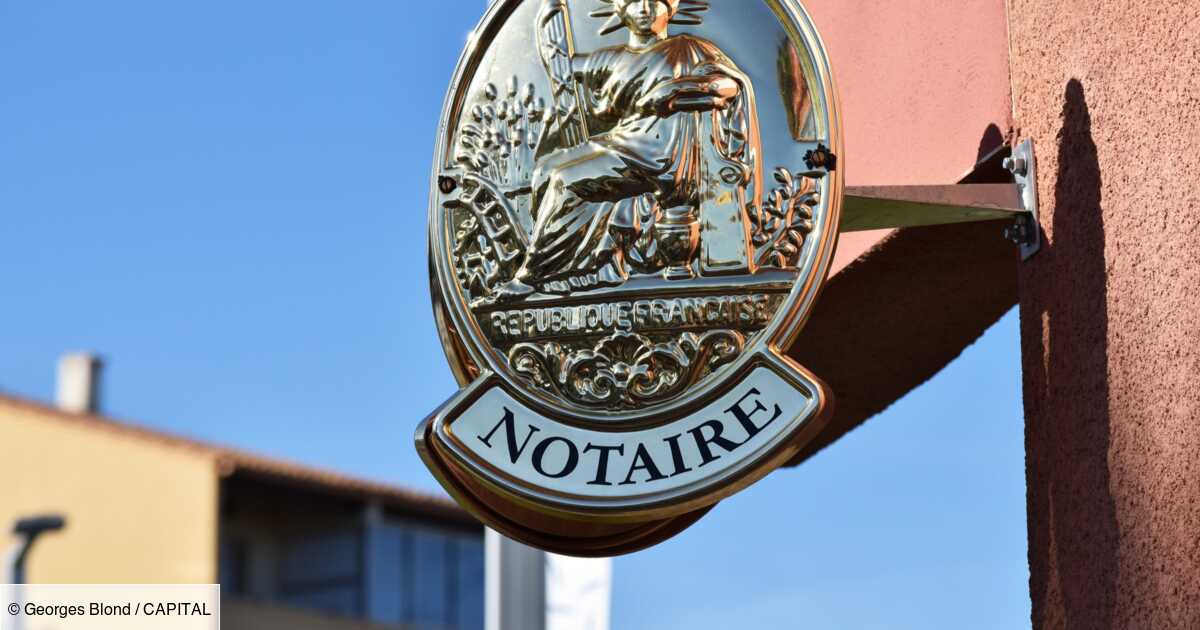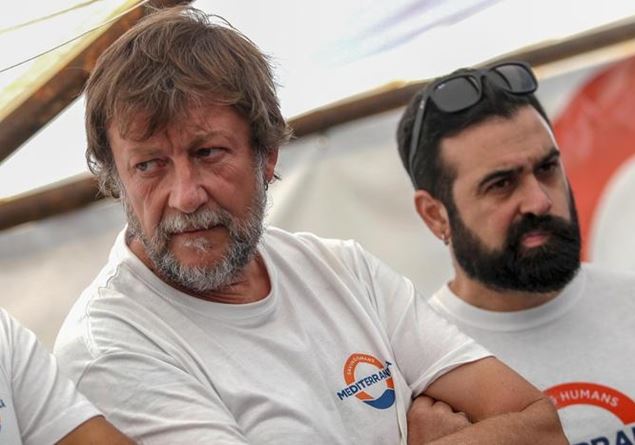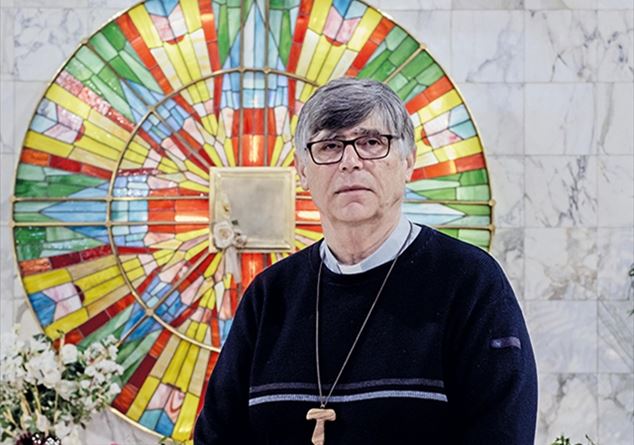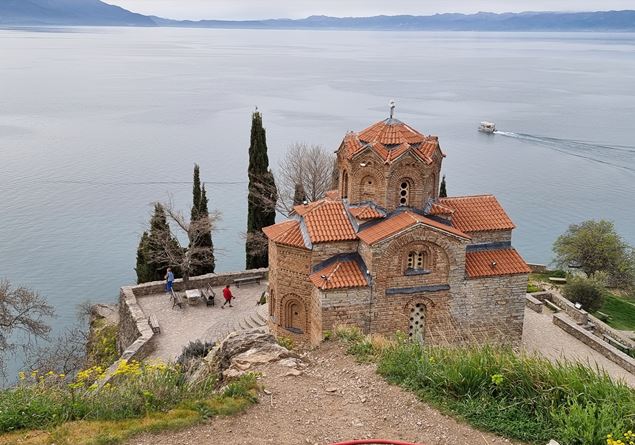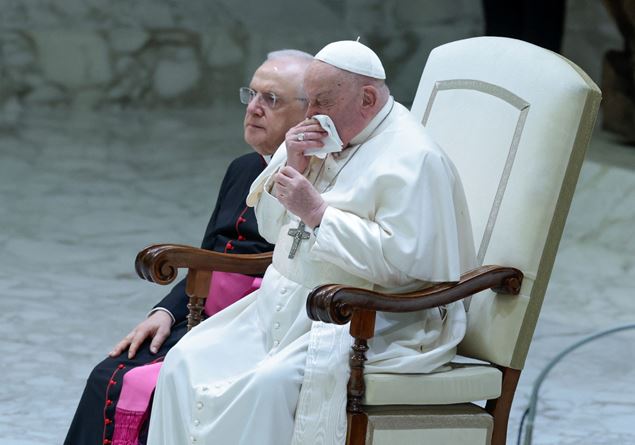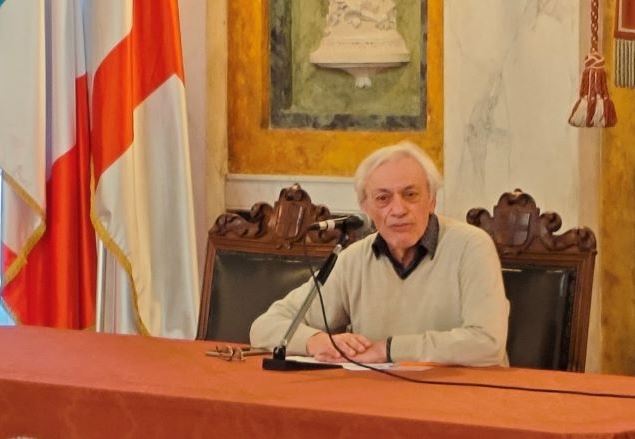
Of Sergio Casali
“I am a lucky woman.” When he retraced his interior experience in the Nazi extermination camps Liana Millu – teacher, journalist, partisan, Jewish deported to Birkenau – he defined herself as follows: “lucky”, without a shadow of ironyand explained that adjective by retracing the episodes of life in which she had felt blessed by fate.
To tell this face of Liana – who was a passionate educator, a tireless writer and witness – was the biblical and scholar of Judaism Piero Stefani, historical friend and curator of some of his most important worksthat Tuesday 4 February, at the invitation of the Primo Levi Cultural Center of Genoa, held the conference: Liana Millu. They are the number A5384: Memory witness, Jewish educator.
Stefani is the most suitable to describe the soul of Liana Millu, her restless, lively spirit, that not even the brutal Nazi violence has been able to tame: Catholic theologian, he met Liana in the mid -eighties. Since then the friendship between Millu and what she called “my learned friend” grew up to the point that she decided to deliver the Tagebuch to him, the diary of the return from the concentration camp And he pushed her to participate in the chair of the non -believers of Cardinal Martini.
Piero Stefani refuses to narrow this intimate experience in the simplification of friendship “between different”, the Catholic intellectual and the agnostic Jew: “Ours was simple friendship, without adjectives – he explains – a friendship that exceeds the differences because C ‘It is always a member of a believer in the non -believer and non -believer in every man of faith “.
The return to Liana Millu’s life coincided with his liberation, When he found a notebook and a pencil on an abandoned farm and filled all 112 pages with descriptions, notes and memories. “What helped her to get out of that hard experience – Stefani still says – was the teaching, then the writing and later the testimonywho accompanied her to the end. “
It was precisely by telling his story to the young people of the schools that Liana began to mature that idea of herself as a woman touched by luck: «The first fortune – says Stefani – was, upon his arrival in Birkenau, to meet an acquaintance who called her close to him in the line. Those few steps were enough to make her overcome the SS an instant before it lowered the whip: the rest of the column went to the gas chamber and the ovens ».
The second “fortune” was to reach the extermination camp in May 1944. That autumn the Soviets advanced stopped a short distance, forcing the Nazis to operate a first clearing of prisoners: Liana climbed on one of those convoys and this is there He kept from the tough Polish winter and from the Todesmärsche, the “marches of death” of the following January, in which tens of thousands of prisoners died. “But what she considers the greatest” luck ” – explains Piero Stefani – was the one who happened in her when a new arrival at the lager leaning his arm on his berth and she felt anger climbed and inspired her with a frightening hardness: It was at that moment that he had a flash of awareness and realized that he was becoming that violent person in which the concentrational system wanted to transform it ».
His happiness was not born from unawareness or an empty optimism. Rather, Millu had in himself the joy of a woman who had fought against the horror without allowing the horror to take over her as instead happened, perhaps, to her friend Primo Levi, who wrote a letter to her only two months earlier To take off her life in which she confided to her “even for me the days are making themselves short”. Millu was never capable of words of Rancore, not even towards his old jailers of whom he knew how to see “the infinite tiredness, the infinite humiliation, even the bestial fear”. Because only abstractions can be hated, but – he wrote one day – “for me Latin a human creature will never become a piece, a stück”. His response to hatred was the long work as a teacher, the one as an acute and intelligent writer, the tenacious testimony. And the many threads of friendship that he knew how to weave. «In the circus – he loved to repeat – the important moments are underlined by the drum roller. In life, however, the drums are not there, so we must be very careful about the lives of others ».

